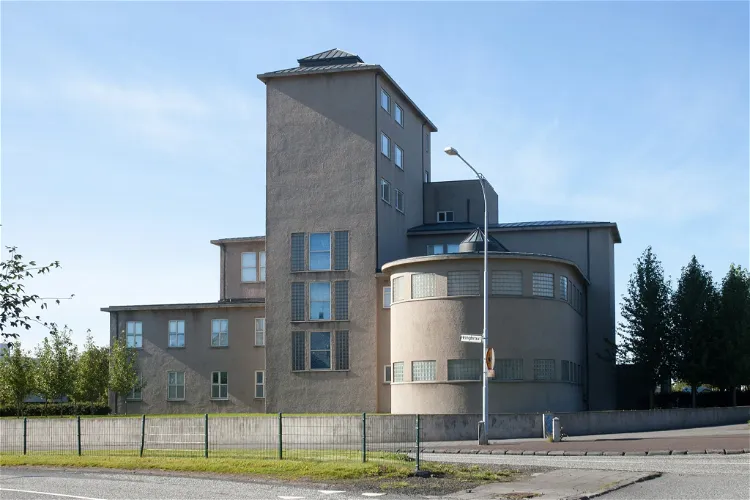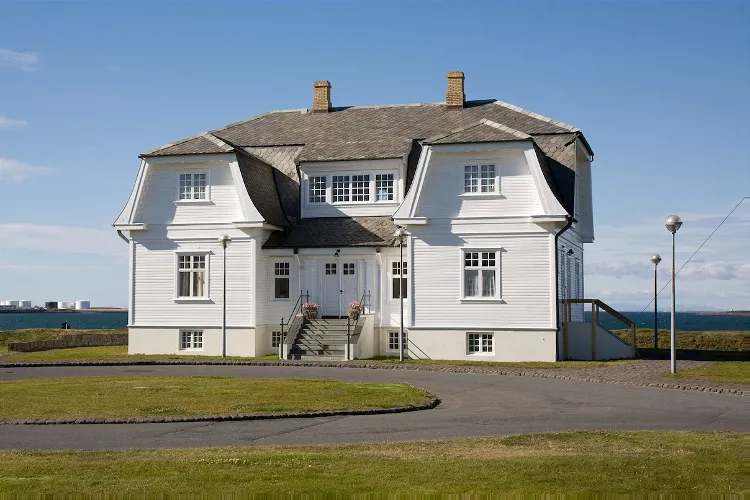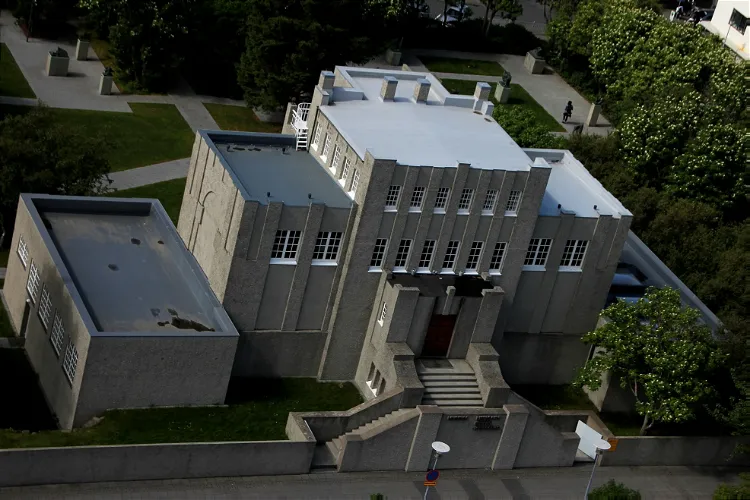Are you interested in the history and impact of religion? These are the top religion museums in Iceland:

National Museum of Iceland
ReykjavikThe main building of the National Museum of Iceland is structured into three floors. The first floor is dedicated to temporary exhibitions, the museum shop, and a café. The two upper floors house the permanent exhibition. The administrative offices of the museum are located in a separate building, just a few meters east of the main building.
Eriksstadir
BúðardalurEiríksstaðir, located in the Haukadalur area of the Dalasýsla region in Iceland, is the former homestead of the famous Viking, Eiríkr Þorvaldsson, better known as Erik the Red. This historical site offers a unique insight into the life and times of one of the most renowned figures in Viking history.
Hofdi house
ReykjavikHöfði is a significant historical site in Reykjavík, Iceland, recognized for hosting the 1986 Reykjavík Summit. This meeting between President Ronald Reagan of the United States and General Secretary Mikhail Gorbachev of the Soviet Union marked a crucial step towards the end of the Cold War. The house commemorates this event by cross-hanging the flags of the United States and the Soviet Union.
Einar Jónsson Museum
ReykjavikEinar Jónsson, born in 1874 and passed away in 1954, was the first Icelandic sculptor who spent the majority of his career in Reykjavík. His art was deeply influenced by Norse mythology and spirituality, and each of his works carries a philosophical message. This unique blend of mythology, spirituality, and philosophy makes his works stand out and provides a deep insight into his thought process and the cultural context of his time.